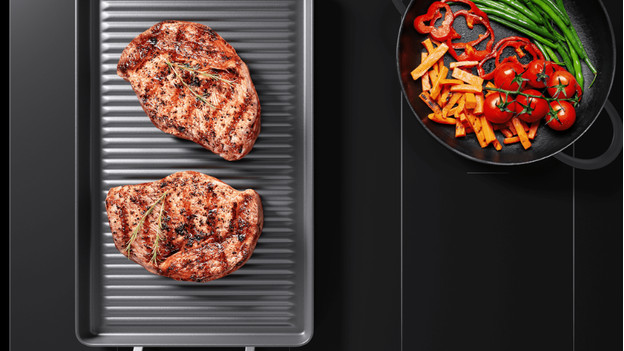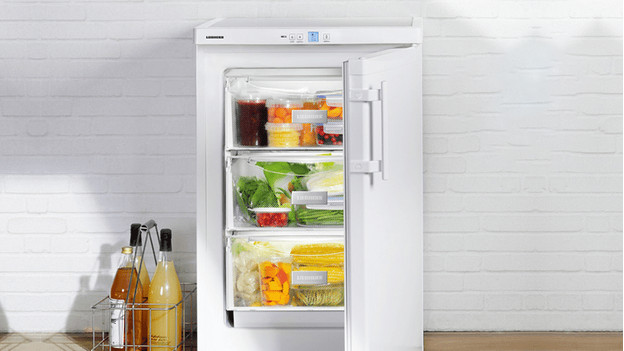
Compact freezer: how much does a C energy label save compared to F?
C saves the CO2 emissions of 1.5 years of meat eating

If you buy a C energy label compact freezer instead of an F energy label model, you save about 925kg CO2 emissions. The CO2 emissions produced by a year of meat eating are about 700kg per year. This is based on 38kg of meat per person. If you buy a C energy label compact freezer, you save about the same amount of CO2 as you would by not eating meat for 1.5 years.
C saves € 237

Even though an energy-efficient freezer is more expensive to purchase, you end up saving € 237. This is mainly due to the energy costs. Thanks to the lower energy costs of a C compact freezer, you pay € 35 less per year.
Cost comparison
| C | F | |
|---|---|---|
| Average consumption per year | 107kWh | 222kWh |
| Annual energy costs (€ 0.30) | € 32 | € 67 |
| Average purchase price | € 565 | € 267 |
| Total costs after 15 years (purchase price + energy costs) | € 1045 | € 1272 |


